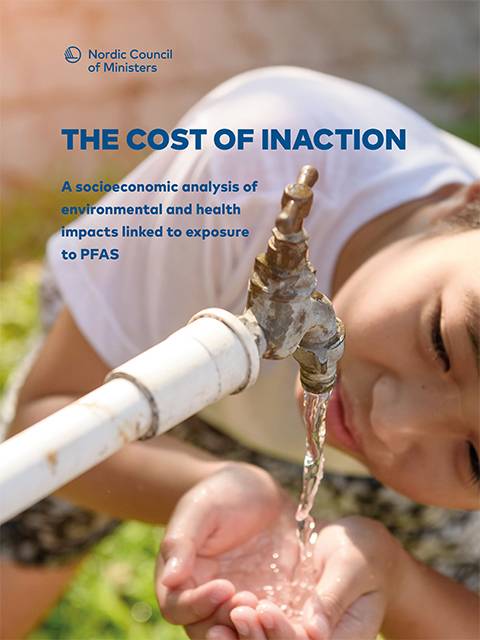Socioeconomic Impacts
PFAS compounds have societal and economic impacts. The growing body of literature provides insights into socioeconomic impacts and the necessary societal changes that need to be considered to resolve PFAS issues. Here are some important papers and articles to read.
Richter et al. 2018. Non-stick science: sixty years of research and (in) action on fluorinated compounds. Social studies of science 48(5): 691-714.
Summary
Industry and regulatory scientists have studied the exposure and toxicity concerns of PFAS compounds for decades and several contaminated communities have documented health concerns as a result of their high levels of exposure. However, the use of these compounds remains ubiquitous in a large range of consumer and industrial products. This is largely due to a regulatory framework that privileges industry incentives for rapid market entry and trade secret protection over substantive public health protection, creating areas of unseen science - research that is conducted but never shared outside of institutional boundaries.
Goldenman et al. 2019. The cost of inaction: A socioeconomic analysis of environmental and health impacts linked to exposure to PFAS. Nordic Council of Ministers, 2019.
Summary
PFAS are known to be extremely difficult to degrade in the environment and to be bioaccumulative and toxic. This study estimates the socioeconomic costs that may result from impacts on human health and the environment from the use of PFAS. Better awareness of the costs and problems associated with PFAS exposure will assist decision-makers and the general public to make more efficient and timely risk management decisions.

Cordner et al. 2019. Environmental chemicals and public sociology: engaged scholarship on highly fluorinated compounds. Environmental Sociology: 5(4): 1-13.
Summary
Based on long-term, place-based relationships, our engaged public sociology has led to numerous academic, regulatory, and social movement effects. We argue that this form of engaged, intervention-oriented public sociology is appropriate and beneficial for research in many areas of environmental sociology given the social and ecological stakes in the current moment. It facilitates the creation of previously undone science by addressing research topics of interest to community members, and allows researchers to directly contribute to environmental and social justice movements by acting as reflexive, observant participants.
Hepler-Smith 2019. Molecular Bureaucracy: Toxicological Information and Environmental Protection. Environmental History 24(3): 534-560.
Summary
This article discusses the regulation of chemicals as the product of legal structures, administrative procedures, regulatory lists, and information systems collectively called the “molecular bureaucracy”. The history of the molecular bureaucracy offers valuable insights for present-day efforts to ground toxic substances, scholarship, and politics in alternative conceptions of environmental chemicals. PFAS chemicals are used as examples.
Cordner et al. 2019. Combining Social Science and Environmental Health Research for Community Engagement. International journal of environmental research and public health 16:18 (2019): 3483.
Summary
Social science-environmental health (SS-EH) research takes many structural forms and contributes to a wide variety of topical areas. In this article, we discuss the general nature of SS-EH contributions in a transdisciplinary format that describes: (1) environmental health science influenced by social science; (2) social science studies of environmental health; and (3) social science-environmental health collaborations.
Cousins et al. 2019. Risky Business? Manufacturer and Retailer Action to Remove Per-and Polyfluorinated Chemicals From Consumer Products. NEW SOLUTIONS: A Journal of Environmental and Occupational Health Policy. 29(2): 242–265
Summary
In the absence of comprehensive environmental regulation, under what conditions can social movement pressure on the private sector generate substantive change? We explore this question in relation to per- and poly-fluoroalkyl substances (PFAS), a class of persistent, bioaccumulative, and toxic chemicals that are widely used in consumer products and industrial processes yet remain largely understudied and weakly regulated.
The Intercept series by Sharon Lerner.
Summary
A series of 43 articles published in The Intercept about PFAS from 2015-2019. The articles cover important aspects of the global contamination crisis surrounding toxic industrial chemicals such as PFOA, PFOS, and GenX. The U.S. has refused to regulate these chemicals, despite the fact that they persist indefinitely in the environment and have been linked to cancer and many other illnesses.

